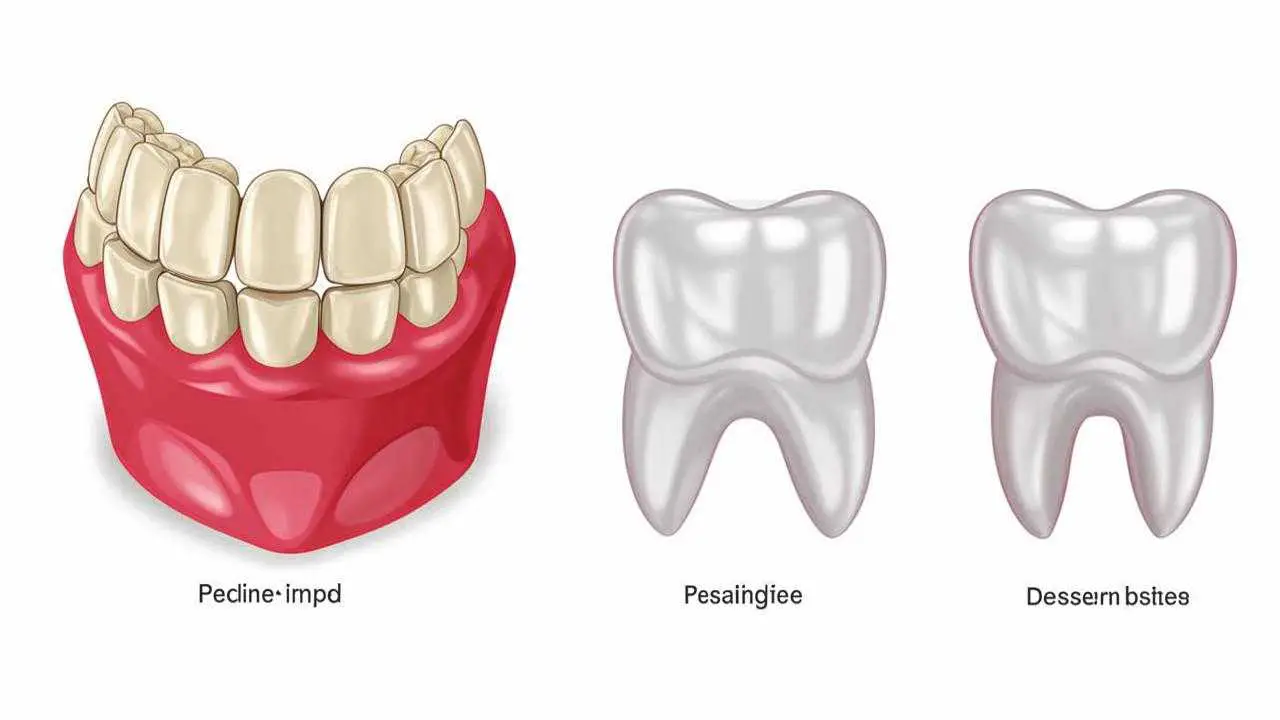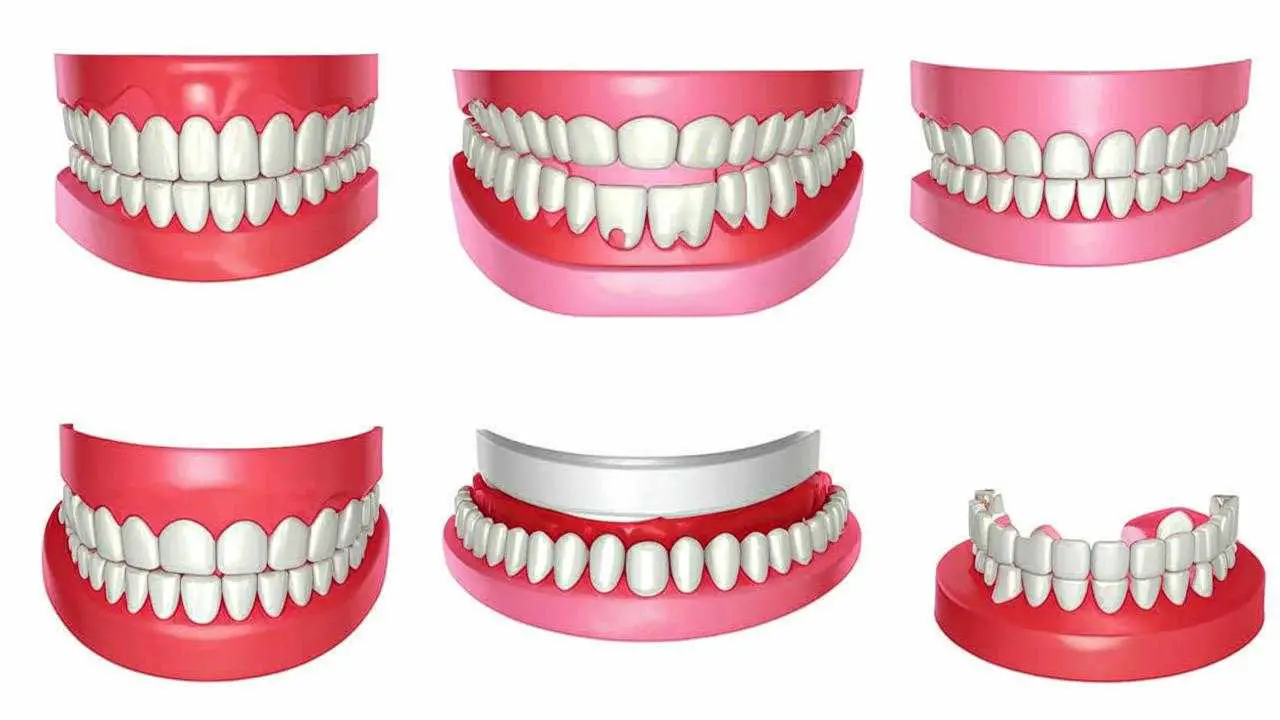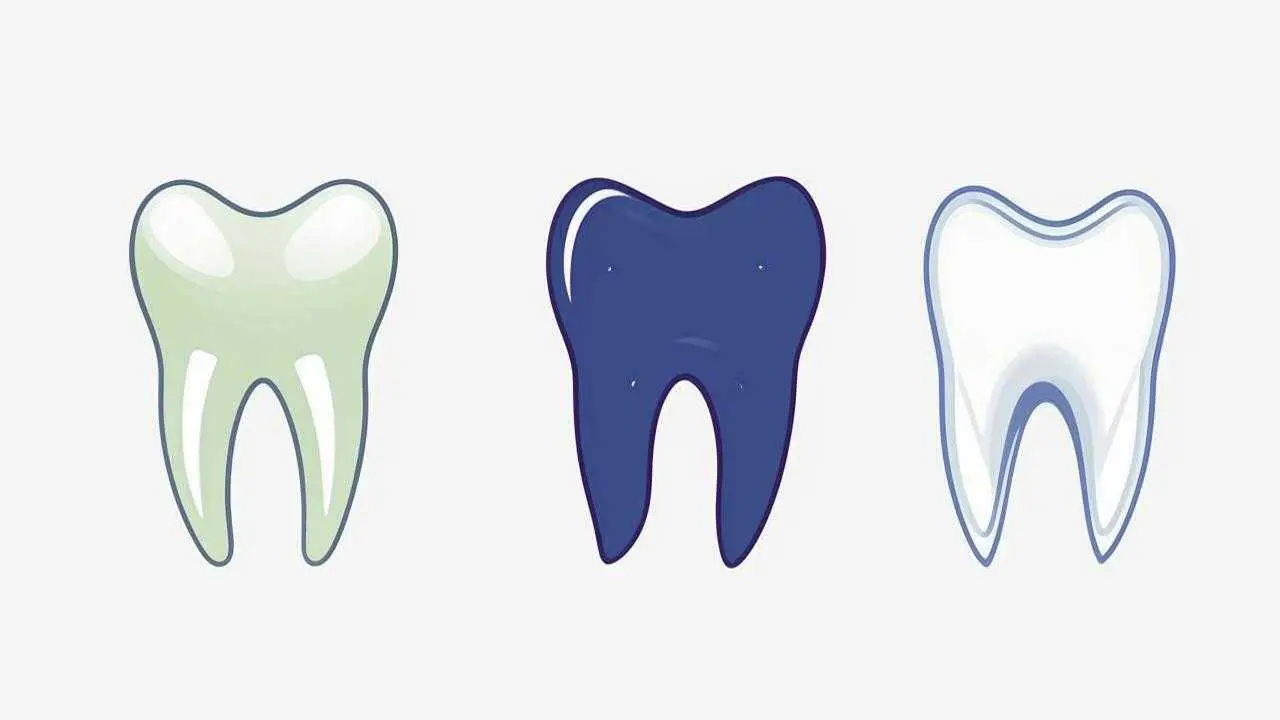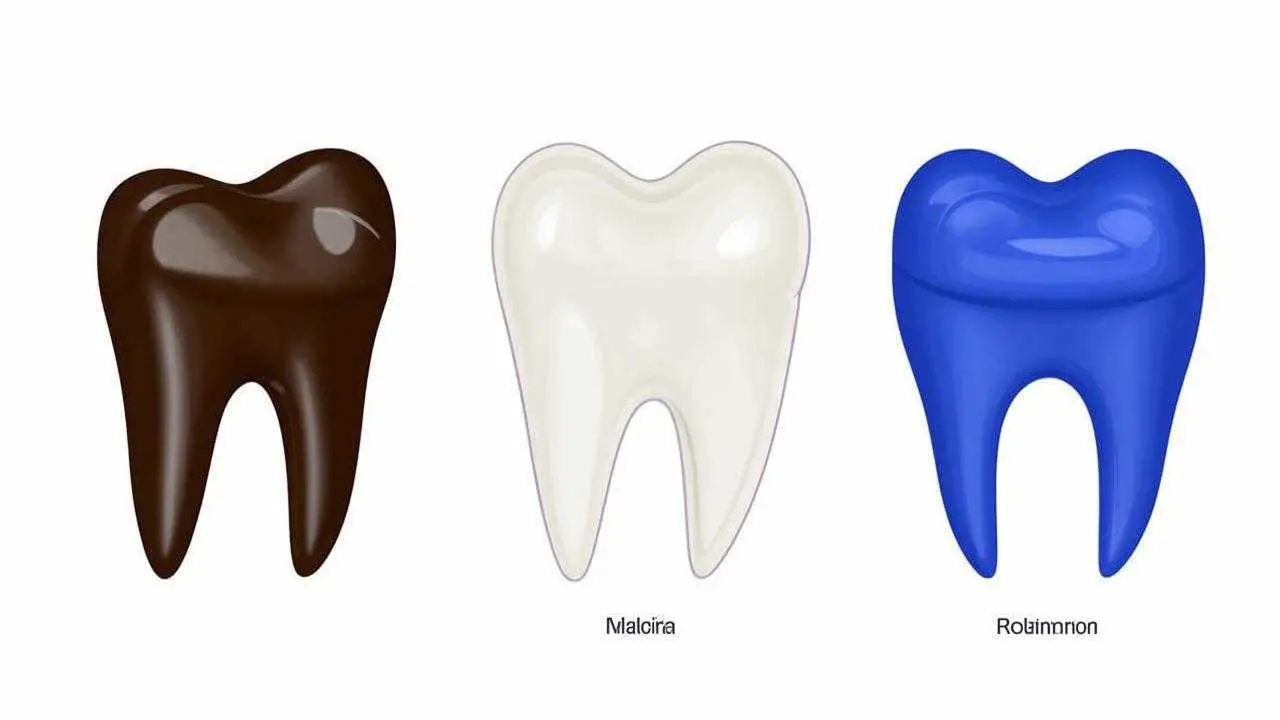The absence of teeth affects not only the function of chewing, speech, but also emotional state, socialization and self-esteem. Dentures restore physiological functions, equalize the emotional background, and increase self-confidence.
The fabrication of dentures is the result of joint work of a dentist and a technician. Each stage of work affects the final result. The manufacturing process depends on the type of construction and materials used.
There are the following types of restorations to restore the tooth row:
- Removable. They are divided into full and partial. Complete ones are used in case of adentia, when there are no teeth left at all. Partial removable ones are fixed on the remaining teeth, which serve as a support.
- Non-removable. Unlike removable structures, inlays, crowns and bridges are fixed in the mouth for the entire period of use. They are removed only to replace them with new ones.
- Conditionally removable. Such prostheses can be removed, but under certain conditions. The removable jaw is fixed on implants. It is not possible to remove the restoration on your own. The dentist will do it without difficulty, and after the necessary procedures, put it back.
Materials for making dentures
For fixed restorations, metals, ceramics and zirconium dioxide are used. Metal-ceramic crowns consist of 2 layers: a metal base that is lined with a ceramic composition. The thick double walls require heavy debonding. Zirconium crowns are very strong, so teeth are minimally prepared for them. Newer ceramic compositions, such as E-max, are strong enough to match any shade of tooth color.
The same materials can be used for removable prosthetics.
For removable dentures, the most important element is the base. The base is made of:
- Acrylic
- Acry Free
- Nylon
Acrylic is the most rigid material. Its disadvantages are microporosity and rapid wear. Acrylic contains substances that cause allergies. Pros – low cost and ease of processing.
Acry Free – a material in which allergens are absent, it is softer and thinner than acrylic. It is easier to get used to such a product.
Nylon restorations are comfortable in the mouth, do not cause allergies, but do not distribute the chewing load well enough due to their softness.
Metals and plastics are used for the attachment elements of partial removable restorations. The same acrylic and plastics based on acrylic resins are used for the base.
The service life of restorations made of acrylic is about 3 years, Acry Free and nylon – 5 years. Dentures are changed for several reasons. It can be breakage, allergies, the desire to change the old design to a more modern one. The main thing is that removable designs do not stop bone loss. The topography of the mouth changes, the gums sag, and the restoration is no longer suitable.
How dentures are made
The stages of fabrication of full and partial dentures are similar, with the difference that partial dentures use retention elements: clasps, attachments or telescopic crowns. This requires more time and skill.
Fabrication of removable dentures
The process of fabricating restorations is called clinical-laboratory fabrication because it is done in close collaboration between the clinic and the laboratory. There are 4 clinical stages in the technology of removable dentures. Between them, work is carried out in the laboratory.
The first clinical stage
It is carried out by an orthopedic dentist. The work begins with the collection of anamnesis. The doctor collects information about the state of health, allergic reactions, working conditions.
Then the dentist conducts:
- General examination of the patient. The orthopedist pays attention to the bite, the structure of the jaws, the condition of the prosthetic bed. The level of safety of the remaining teeth, if any, is determined.
- Special examination. This includes motor, speech tests, registration of the features of chewing, swallowing. X-ray examination is carried out, tomography is done.
- Drawing up a treatment plan. At this stage, the type of restoration and material for fabrication are determined.
- Taking casts. Using an orthopedic spoon, the doctor makes anatomical casts of the jaws. In uncomplicated cases, this is sufficient. In complex defects, individualized spoons are made. The casts are sent to the laboratory, where the technician begins work.
The technician makes an individual spoon from the plaster models. For this he uses plastics, thermoplastic or wax. When the work is finished, he hands the spoon to the doctor.
The individualized spoon is used by the orthopedist to obtain a functional impression. This method is used in cases of:
- severe bone atrophy;
- certain anatomical features (folds on the palatal bed, for example);
- single teeth, in case of partial constructions.
Second clinical stage
Determination of the central occlusion (places of contact when the jaws are locked together).
The technique of dental prosthesis fabrication includes casting plaster models and casting wax bases with occlusal rollers. The doctor uses these to determine the central relationship of the jaws. To do this, the wax model is placed in the mouth and height measurements are taken. The orthopedist makes marks on the rollers for fixing the teeth. At this stage, the color for future crowns is selected.
In the laboratory, the technician places the model in the occluder, selects the size, color and shape of the artificial teeth in accordance with the recommendations of the orthopedist and distributes them in the jaw. He then checks all the elements of the structure.
In the manufacture of bracket restorations, at this stage, the framework is molded. It is ground and polished.
The third clinical step
Try-on. The aim is to eliminate errors, check aesthetics and conduct speech tests. The doctor carries out the fitting himself, for elimination of complex errors, the product is sent to the laboratory.
After the fitting, the fitting is carried out. The moment the patient receives the restoration is considered the final clinical stage of the work.
The production of dentures in the clinic’s own laboratory helps the prosthodontist and technician to interact on a regular basis and clarify individual issues during the fabrication of the restoration. In addition, working directly in the clinic, the technician is more interested in how the denture is made, the reputation of the clinic depends on his qualifications. This increases responsibility, which affects the quality and usability of the restoration.
Fixed dentures
To fixed restorations include inlays, veneers, crowns and bridges. The fabrication scheme differs only in minor details. Let’s take the fabrication of a dental bridge as an example.
Preparation for the fabrication of fixed dentures begins with the collection of anamnesis, diagnosis and preparation of teeth. The first clinical stage ends with the taking of impressions.
First laboratory phase
The impression technician makes a plaster model and a wax base with occlusal rollers. The model is then given to the clinician to determine the central occlusion. After that, the model goes back to the technician.
Second laboratory step
The technician places the model in the articulator (a dental apparatus that simulates the clamping of the jaws), prepares models of the ground teeth. He models crowns on the supporting teeth and the artificial teeth between them. Depending on how the denture is made, the technician makes metal crowns by casting, ceramic crowns by pressing, and zirconia crowns by milling. The bridge is handed over to the prosthodontist.
The dentist carries out fitting of the crowns, their fitting. He notes imperfections and gives the technique to the prosthodontist for final processing.
The third laboratory stage
The construction is polished, polished. In the case of metal-ceramics, the metal base is processed and a ceramic coating is applied to it. The finished bridge is sent to the prosthodontist, who fixes it on the patient’s teeth.
The fabrication of upper jaw prostheses follows the same protocol as the lower jaw.
Lifespan
The lifespan of bridges and crowns depends on what material the dentures are made of. On average, 7 years, after which they are replaced. The service life of zirconia crowns is longer, up to 20 years. Ceramic veneers can last 20 or even 25 years.
The qualification of the prosthodontist and technician affects the service life. In dentistry, it is important to constantly upgrade your skills and learn about new techniques. Usually, professional development is a priority in large clinics with their own dental laboratory. The price of prosthetics in them may be higher, but in the long run, it is justified by the quality and long service life.



